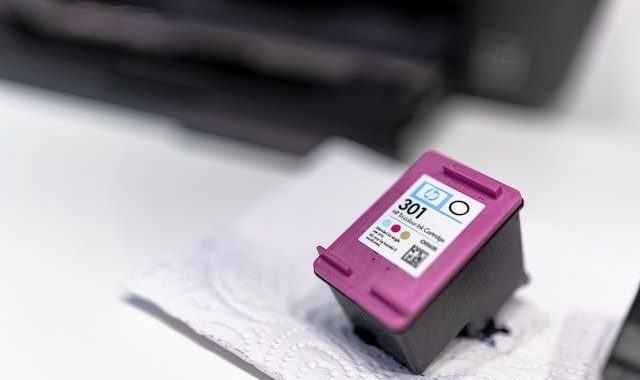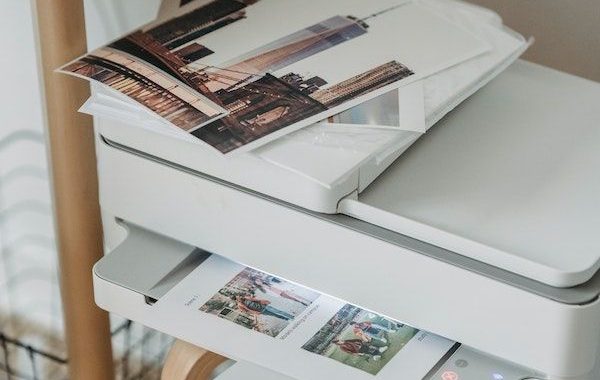When troubleshooting printer fill problems, you need to look out for certain things that may be causing your prints to be of poor quality. The most common problem is an empty or low ink cartridge. In this case, check the ink meter and refill or replace the cartridge if necessary. If the printer is not properly filled - or if the nozzle is clogged - your prints may be blurred or faded. In this case, clean the nozzle with a lint-free cloth and try a test print from the printer settings menu. If the print lines don't match, it's likely that there is debris on the print head. To fix this problem, you will need to use a canned air vacuum cleaner or an alcohol swab to clean the print head.
Another potential problem is low-quality fountain ink, which may have been improperly mixed, expired or contain contaminants. To ensure that you are using high quality consumables, buy from reputable sources and check the expiry date before you buy. Low-quality ink can also damage your printer, so it is important to use only reliable and high-quality products.
Finally, if you have other problems with your printer, see the User Guide for specific instructions on how to fix the problem. If this does not help, please contact the manufacturer's customer service for further assistance. It is also advisable to keep the printer clean and free of dust, as this can affect the quality of your prints. With proper maintenance and troubleshooting, you should achieve excellent results.


